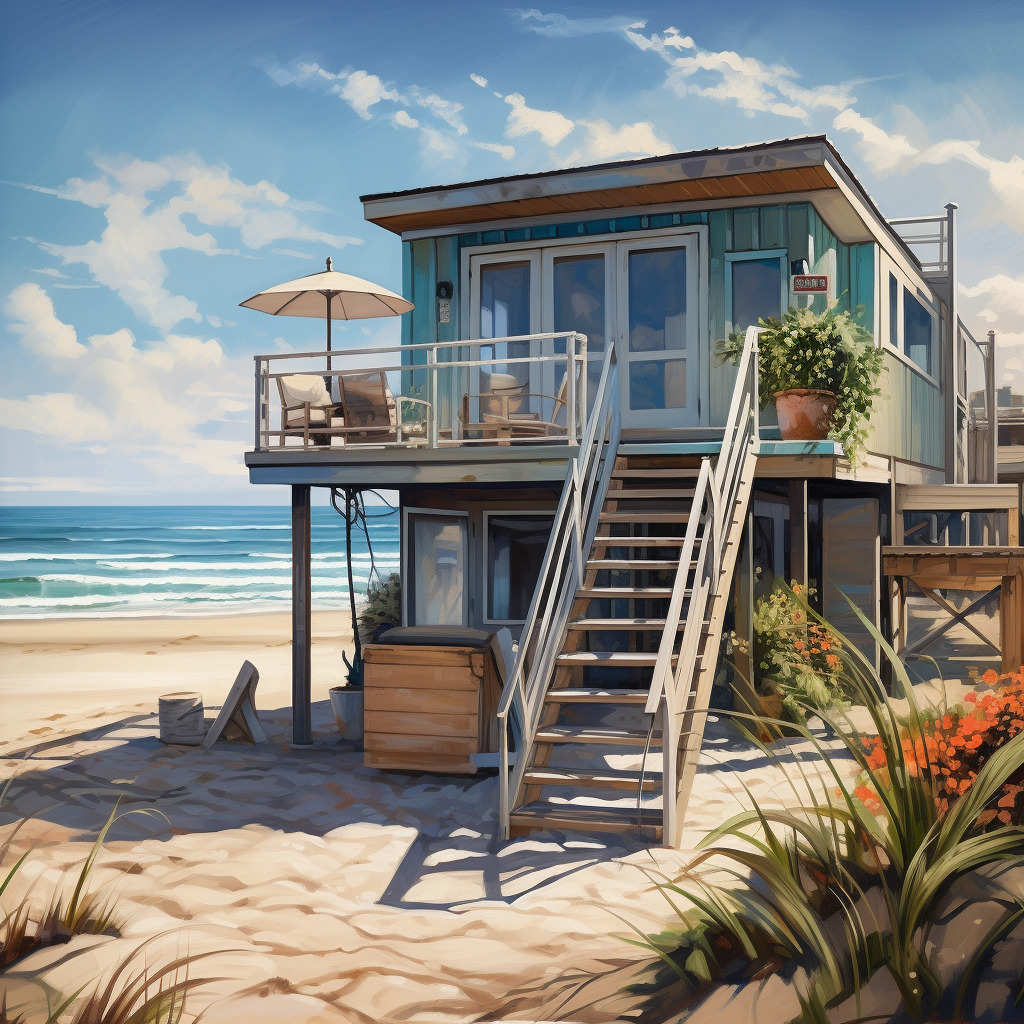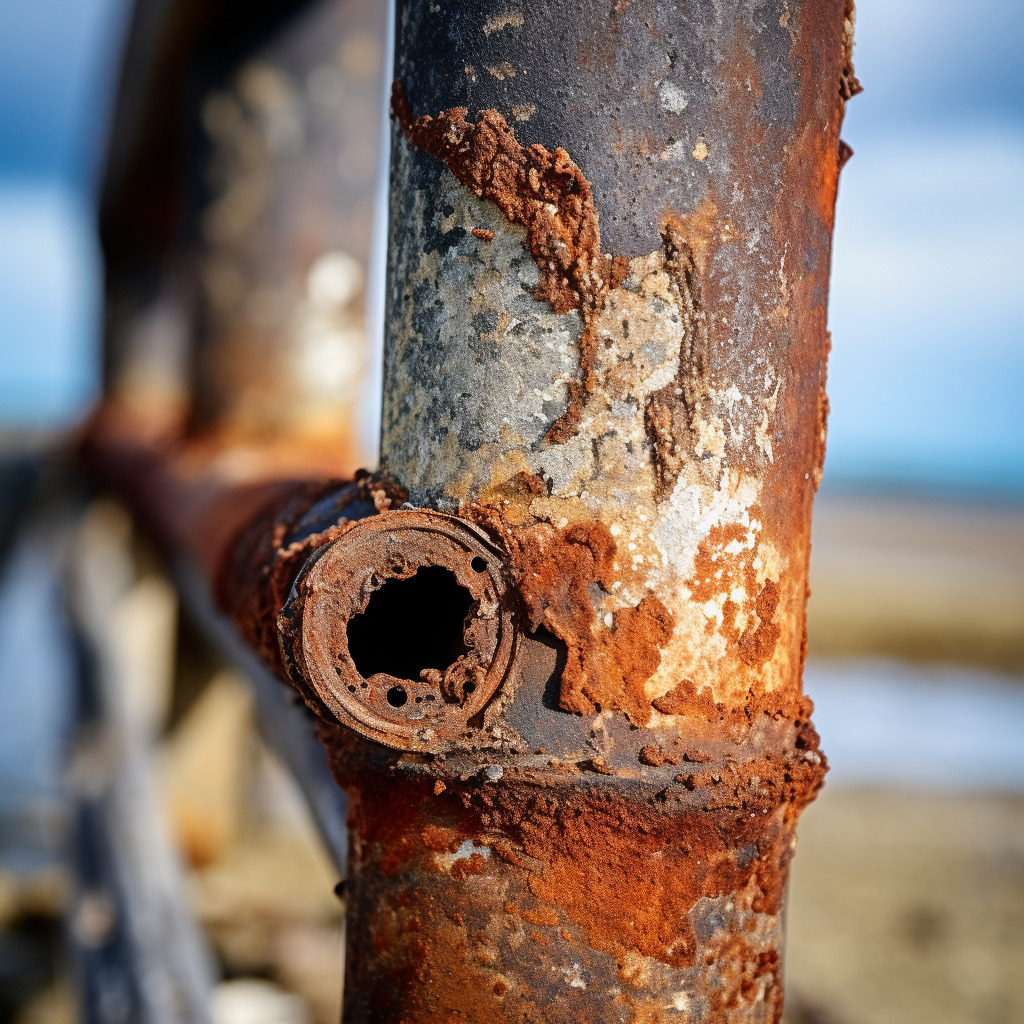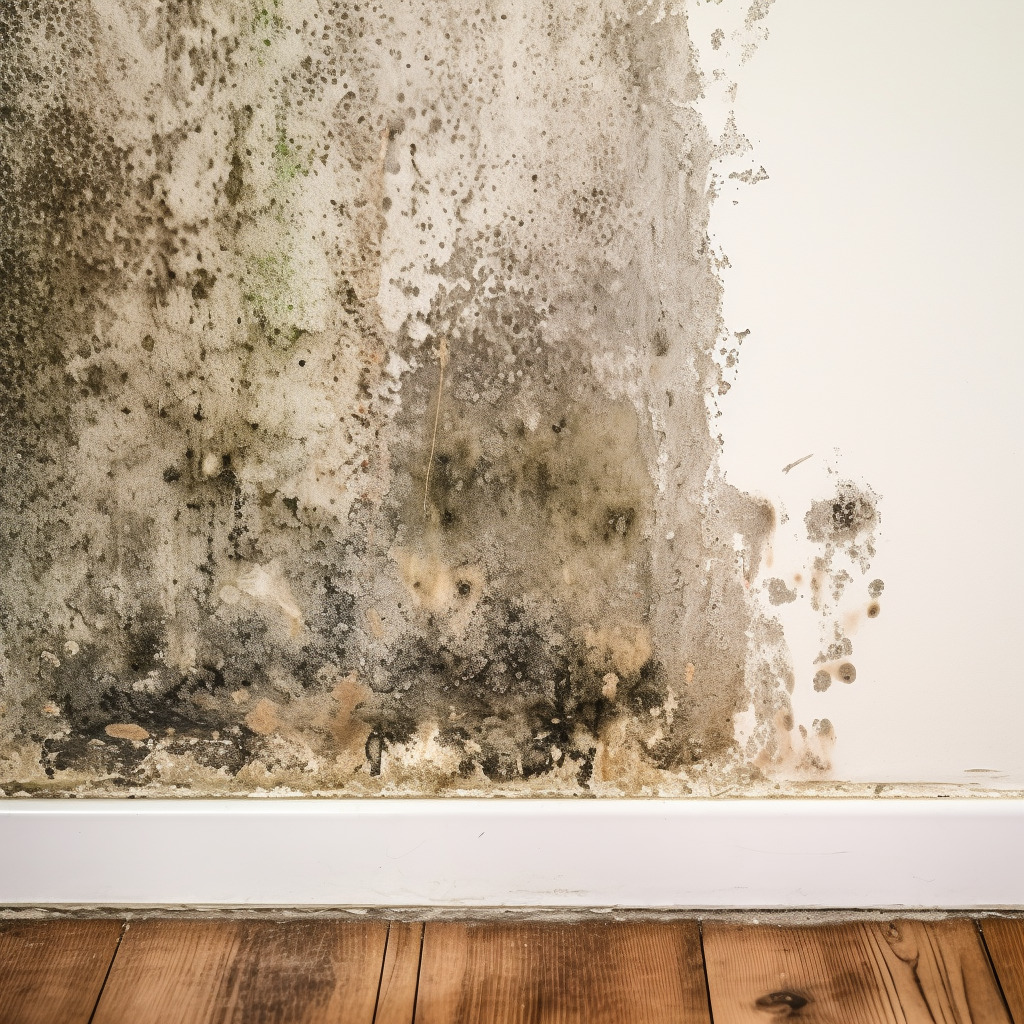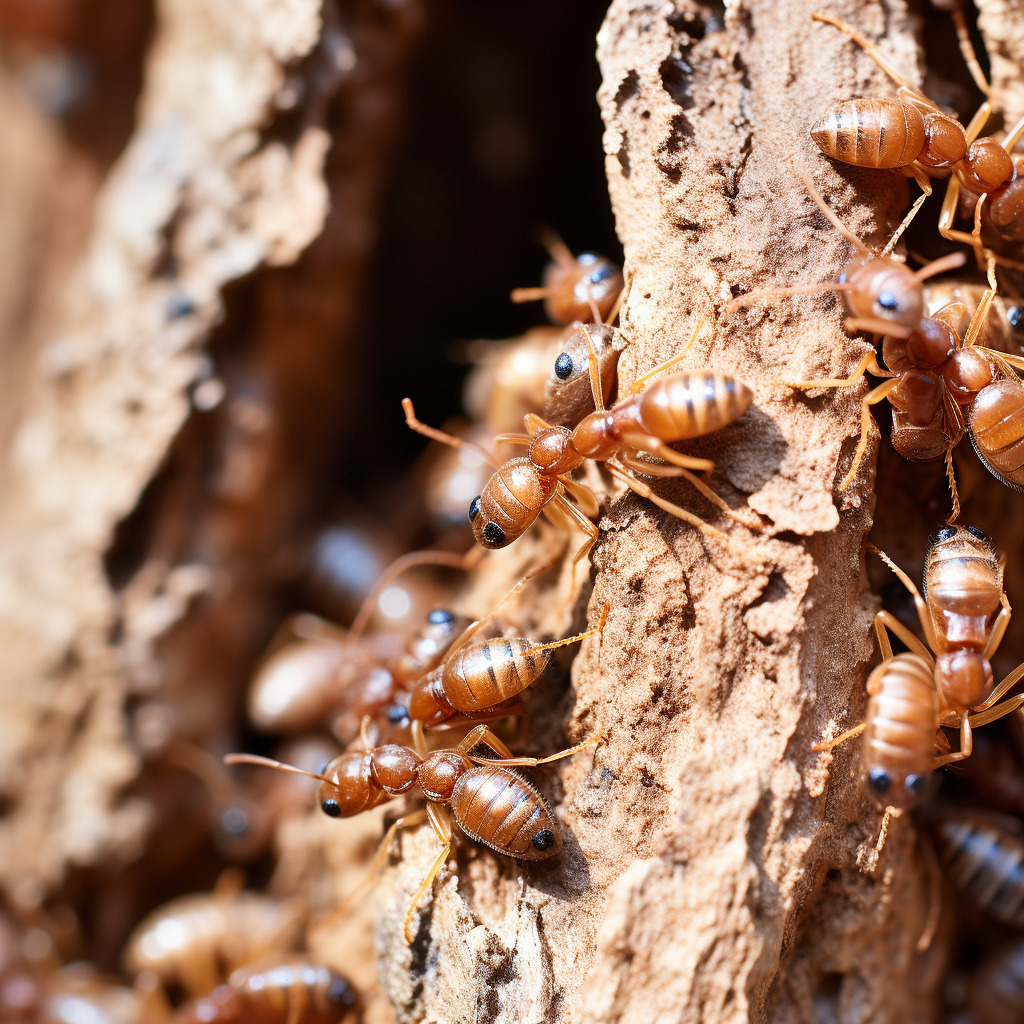Owning a beach home is a dream come true for many, offering serene views and the simple pleasure of hearing the lapping waves. However, the upkeep and protection of a beach home involves much more than regular household maintenance.
A beachfront property is constantly exposed to unique elements such as salt air, wind, humidity, and sand, which can all have a significant impact on the longevity and condition of the home.  It’s crucial to stay proactive in maintaining your beach home not only to preserve its aesthetic appeal, but more importantly, to ensure its structural integrity and enhance its market value. Proper and consistent care can prevent issues from escalating into costly repairs and help retain the charm and tranquility that makes beachfront living so special.
It’s crucial to stay proactive in maintaining your beach home not only to preserve its aesthetic appeal, but more importantly, to ensure its structural integrity and enhance its market value. Proper and consistent care can prevent issues from escalating into costly repairs and help retain the charm and tranquility that makes beachfront living so special.
Understanding Coastal Conditions
Located in the heart of Florida, Pinellas County experiences a subtropical climate that poses unique challenges for beach homeowners. The county enjoys mild winters and hot, humid summers, which can accelerate the wear and tear on coastal properties.
Sea levels around Pinellas have been on an upward trend, which increases the risk of coastal flooding, particularly during storm events. These rising sea levels can significantly impact the foundations of beach homes, posing a threat to their structural integrity.
Moreover, seasonal variations play a significant role in influencing the condition of beach homes in Pinellas. During the hurricane season, which runs from June through November, homes are exposed to high winds and heavy rain, potentially causing significant damage. Therefore, understanding the local climate and taking appropriate preventative measures is indispensable for maintaining the beauty and longevity of your beach home in Pinellas County.
Saltwater Corrosion: Prevention and Management
The salty sea air, while refreshing, has a corrosive effect on various materials used in building beach homes. The salt particles carried in the air can settle on the exterior surfaces of your property, and when combined with humidity, it forms a salt solution that can accelerate the rusting process on metal surfaces and degrade the finishes on wood.

To prevent corrosion caused by saltwater, regular washing of the home’s exterior with fresh water can help remove the salt deposits. Using rust-resistant or galvanized metals for exterior installations and fittings can also prove beneficial. Additionally, applying weather-resistant paint or sealants to exposed wood and metal surfaces can provide an extra layer of protection.
However, if corrosion has already set in, it’s essential to address it immediately to prevent further damages. Rust spots on metal surfaces should be sanded down to the bare metal, primed, and repainted. Affected wooden areas need to be treated with a fungicide and resealed or repainted. In extreme cases, it might be necessary to replace corroded materials entirely. By being mindful of these factors, you can take effective steps to safeguard your beach home against the damaging effects of saltwater corrosion.
The Importance of Elevated Construction
Living by the coast comes with its unique set of challenges, one of which is the threat of coastal flooding caused by high tides or storm surge. One effective way to counter this challenge is through elevated construction, often realized in the form of stilt homes or homes built on raised platforms.
Elevated homes offer a front-line defense against the destructive force of coastal flooding. By raising the living areas above the base flood elevation, these homes significantly reduce the risk of flood damage. This not only safeguards your property and belongings from water damage but also provides peace of mind.
Further, homes with elevated construction enjoy improved views of the surrounding environment. Being raised high off the ground offers an unobstructed panorama of the beach and ocean, enhancing the quality of life for the residents.
The space beneath the home that is created by the elevation can be utilized for parking or storage, or simply left open to allow floodwaters to pass beneath without causing significant damage to the structure.
Moreover, many insurance companies offer lower premiums for homes with this type of construction, recognizing their enhanced resistance to flood damage. This translates to potential savings in the long run.
However, it’s essential to remember that the construction of stilt homes or homes on raised platforms should comply with local building codes and guidelines related to coastal construction. By incorporating elevated construction into your beach home, you can enjoy the coastal lifestyle while effectively mitigating the risks associated with coastal living.
Tips for Keeping Your Home Dry and Preventing Mold Growth
Coastal homes often grapple with high levels of humidity and moisture, which can lead to the growth of mold and mildew. Effective humidity control is crucial to maintaining a healthy indoor environment and preserving the structural integrity of your beach home.

- Ventilation: Ensure your home is adequately ventilated, especially in high-moisture areas such as the kitchen, bathroom, and laundry room. Use exhaust fans to help disperse moisture-laden air.
- Dehumidifiers: Consider using a dehumidifier to maintain optimal indoor humidity levels. Dehumidifiers extract excess moisture from the air, helping your home stay dry and comfortable.
- Air Conditioning: Regular use of air conditioning not only cools your home but also removes moisture from the air. Ensure your air conditioning units are serviced regularly to keep them operating efficiently.
- Moisture Absorbers: Moisture absorbers placed in wardrobes, cabinets, and other enclosed spaces can help prevent dampness and mold growth.
- Regular Mold Inspection: Regular inspections, particularly in hidden areas and surfaces, can help detect and address mold problems early.
Choosing Moisture-Resistant Materials
When selecting materials for your beach home, consider those that can withstand the demanding coastal environment.
- Flooring: Opt for moisture-resistant flooring options such as ceramic tile, vinyl, or specially treated wood designed for high-humidity environments.
- Walls and Ceilings: Use mold-resistant drywall or cement board in areas prone to moisture. Consider adding a vapor barrier during construction to prevent moisture from seeping into the walls.
- Furniture and Fixtures: Wherever feasible, choose furniture and fixtures made of materials that resist moisture and prevent mold growth, such as metal, plastic, or solid wood.
- Outdoor Materials: For exterior installations, choose materials designed to withstand moisture and corrosion, such as stainless steel, galvanized metal, or treated wood.
By taking these steps, you can effectively manage humidity and moisture, preventing mold growth and enhancing the durability and longevity of your beach home.
Landscaping for the Coast
Choosing the right plants for your coastal home’s landscape is crucial. The plants need to be tolerant of salty air, sandy soils, and capable of acting as natural barriers to wind and erosion.
- Sea Oats (Uniola paniculata): These are tall, grass-like plants native to the east coast of the U.S. They are celebrated for their ability to stabilize sandy soils and are often used to prevent beach erosion.
- Beach Rose (Rosa rugosa): This sturdy plant thrives in sandy soil and is highly tolerant of salt spray. Its deep roots make it an excellent choice for controlling erosion, while its beautiful flowers add a splash of color to the landscape.
- American Beachgrass (Ammophila breviligulata): This is a hardy grass that is excellent at binding loose sand together, making it an effective windbreak and a cornerstone of dune restoration projects.
- Saltwort (Batis maritima): This plant tolerates both sandy soils and high salt levels, making it a perfect fit for coastal landscapes. It can be used as a ground cover to control erosion and also to add greenery to your yard.
- Seaside Goldenrod (Solidago sempervirens): This resilient plant is a favorite for coastal gardens due to its ability to thrive in sandy soils and resist salt spray. With bright yellow flowers, it adds color to your coastal landscape.
By incorporating these salt-tolerant, wind-resistant, and soil-binding plants into your landscape design, you can create a beautiful, sustainable, and resilient coastal garden.
Pest Control: Seagulls to Sand Fleas
Living in Pinellas County beach homes comes with its own set of challenges, one of which is dealing with common pests.
Common Pests in Pinellas County Beach Homes
- Seagulls: Seagulls are a common sight and sound at the beach. While they’re a part of the coastal charm, they can become a nuisance if they start to see your property as a food source. Regularly clean outdoor areas and avoid leaving food out to deter these feathered visitors.
- Sand Fleas: Also known as sand flies, these tiny crustaceans thrive in the sandy environment of the beach. They’re mostly harmless but can become a nuisance due to their bites. Regular pest control treatments can help manage their population.
- Mosquitoes: The humid climate coupled with standing water can create a breeding ground for mosquitoes. Regularly remove standing water around your property and consider installing screens on windows and doors to keep them at bay.
- Rodents: Mice and rats may find their way into homes in search of food and shelter. Regular inspections and sealing any potential entry points can help prevent an infestation.

- Rodents: Mice and rats may find their way into homes in search of food and shelter. Regular inspections and sealing any potential entry points can help prevent an infestation.
- Termites: The warm, humid climate can be conducive to termites. Regular inspections and preventive treatments can help protect your home from these destructive pests.
- Cockroaches: These pests can be found anywhere and are not just limited to coastal homes. Regular cleaning, especially in areas like the kitchen and bathroom, along with professional pest control can help prevent an infestation.
Remember, the best way to handle pests is through prevention. Regular home maintenance, cleanliness, and professional pest control services can help keep your beach home pest-free.
In conclusion, while owning a beach house in Pinellas County may sometimes feel like an endless fight against moisture, mold, and an assortment of uninvited critters, just remember – the sunsets are worth it. As you sit on your moisture-resistant deck, surrounded by your erosion-preventing plants, watching the seagulls who have learned to respect your space, you’ll know that every bit of effort was worth it. Here’s to beach-house living – where the battles are tough, but the victories (and the views) are breathtaking.
